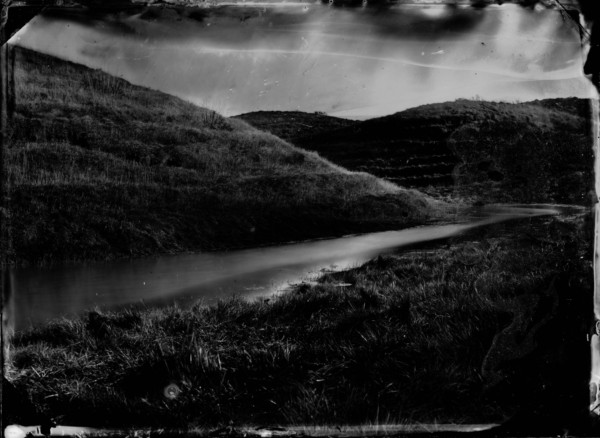
Soil
Soil is a body of work exploring the history of the British landscape and how this has been shaped by man over generations. The photographs are of historical sites that almost appear to be natural, but on closer inspection can be seen to have been shaped by the hands of man. The photographs are mostly of motte and bailey castles as the shape of the peculiar soft mounds fascinate me, looking almost like a naturally occurring hill but at the same time made strange by the smooth uniformity of the slopes. I enjoy this ambiguity, which connects with the process of photography which in itself is not naturally occurring but produces images which can appear to be ‘natural’.
The mounds appear as a physical manifestation of man’s insecurities in the landscape, built to protect their interests as both homes and fortresses. I take comfort in the idea that in a digital age that these tangible reminders of our past exist. These areas were often the last place of defence for various historical figures, such as Lady Jane Grey at Astley Castle, King Aethelbold at Seckington and Piers Gaveston at Blacklow Hill. The capture and sometimes death of these figures on these sites would have an influence on the very soil of the site, as their movements would leave behind their traces even if this is only at the level of particles, the soil will have borne witness to the events that once occurred in the place.
“Nothing is left as it was made. Rivers, hills, valleys, the sea itself feel the hand of a master. The long habitation of a powerful and ingenious race has turned every rood of land to its best use”
Ralph Waldo Emerson, in ‘English Traits’ 1899
I am aiming with this body of work to create a photograph which is more than just an image of a place, but becomes an object in itself. I intend for these objects to be seen as artefacts of the place. The wet plate collodion process is an essential part of creating these artefacts; a process from 1850 which involves coating glass plates with collodion, sensitising in silver then exposing and developing on location in a small portable darkroom. This process allows me to take time in the landscape, building a small home in my darkroom and the slow exposures allow me to connect and form a sense of place. The ritual of building the darkroom and creating everything by hand in the location ties the image to the place in a deeper way than merely through a visual representation. It is born from the place with flaws caused by contact with the environment. Wind blown particles of earth attach themselves to the collodion and washing the plates in streams and larger puddles on the location attaches the soil onto the surface of the glass plate.